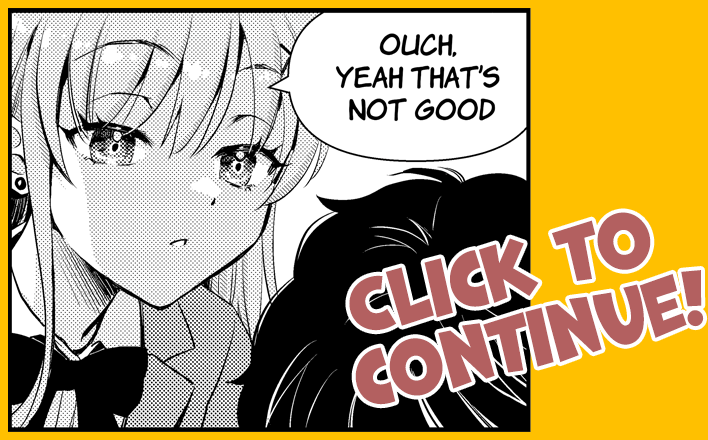Jan 29, 2023
黒いきこりと白いきこり - Kuroi Kikori to Shiroi Kikori is an animated short film of 15 minutes including opening and ending credits. The anime was first released in 1956 and the story is from the original work by Hamada, Hirosuke.
Story: Good vs. Evil - Actions & Rewards - Early masterpiece, a beauty of Japanese animation (8/10)
It is about a bear, a fox and a squirrel trying to find warm shelter during a snowstorm. The story starts slowly but becomes increasingly exciting. The author of the original story, Hamada Hirosuke, was born in Takahata in 1893 and was one of the most famous children's and young people's authors
...
of his time, along with Mimei Ogawa and Tsubota Jōji. Some of his most famous works are "The Tears of the Dragon" and "The Little Mouse Who Tarried". The anime adaptation of Kuroi Kikori to Shiroi Kikori presents itself as an old folk tale and stays true to the original story. At the same time, it tries to give young viewers the moral guidance one would expect from a children's book.
Characters: simple, good vs. evil, plus anthropomorphism - interesting (8/10)
Anthropomorphism is the practice of attributing human characteristics to animals, gods, etc. Human characteristics can be both physical and behavioural. Mori, Yasuji, who was already known as an illustrator of children's books, was a master of his craft. He was the first to make the later very popular style of anthropomorphism socially acceptable. Not surprisingly, this anime bears Mori-san's signature, with beautiful animal drawings with human characteristics (e.g. walking on two legs). So why a bear with a collar, a fox and a squirrel? Perhaps simply because they were cute to draw. On the other hand, considering that Shintoism is an elemental religion in Japan, perhaps it is worth looking at the characteristics of animals in mythology.Every development begins with the first step. If you think about it further, you will come to today's stylistic device, "Kemonomimi". For example: "Spice and Wolf", Kitsune as a fox deity with fox ears and tail.
Kuroi Kikori: The black woodcutter represents the evil craft by treating the bar, the fox and the squirrel badly.
Shiroi Kikori: The white lumberjack has the appearance of a grandfather. He represents the good character who cares for those in need and will not leave them without help, welcoming them and offering them food and shelter.
Yuki Onna: The Snow Woman is a fictional Japanese folklore character classified as a Yōkai. She is described as a petite woman or girl dressed in a snow-white kimono with knee-length white hair. In rare cases, her hair is depicted as pitch black.
Visuals: Animation and graphics are wonderful, character drawings are charming (8/10)
The first thing you notice is that the art is amazingly detailed, especially the character drawings by Mori, Yasuji, who was and is famous for his cute animal drawings that still bear witness to his creativity. All of his work was important for the next generation of mangakas and is still used as a reference today. On top of that the animation is brilliant, energetic and expressive. Please remember that this was 1956. Everything had to be done with cell animation, which is relatively difficult to do as it requires a lot of experience, especially in colouring. The artistry of the backgrounds and characters, as well as the animation of the fire in the open fireplace, the small flowing stream and the movement in general, elegantly show that we have an often overlooked treasure from the past. Even those who are aware of the strong influence on many Japanese animators of the late 1930s (Disney) and subsequent decades cannot deny that this is an altogether beautiful animation. It took a few more years, but in the 1960s, manga artist, animator and film producer Osamu Tezuka modified many of the techniques used in Disney cartoons, sparking a veritable manga/anime revolution. Not to be misunderstood: Osamu-san liked Walt Disney's cartoons. But he was the pioneer who set a new trend in the Japanese manga and anime industry. He was the inventor of the distinctive 'big eyes' style of Japanese animation. But that's another story. Sorry, I got a bit carried away.
Sound: good BGM, no VA (7/10)
There are no dubbed voices, but gesticulating and facial expressions make the whole story easy to understand. The musical arrangements by Kojun, Saito and Takanobu, Ito evoke the appropriate emotions in the audience. Even when no words are spoken, the intention of the plot is well understood.
The anime is a little treasure that, simply put, tells a story about "it is blessed to give rather than take". Watch the anime to the end, I am sure you will enjoy it.
Thank you for reading and have fun watching!
Reviewer’s Rating: 8
What did you think of this review?
Nice
 0
0
Love it
 0
0
Funny
 0
0
Confusing
 0
0
Well-written
 0
0
Creative
 0
0Show all



.png)




















